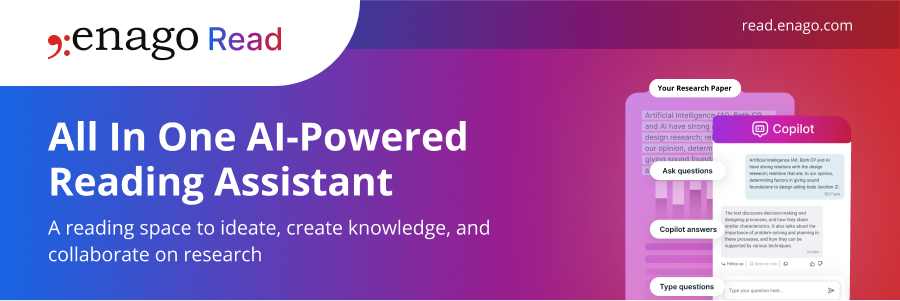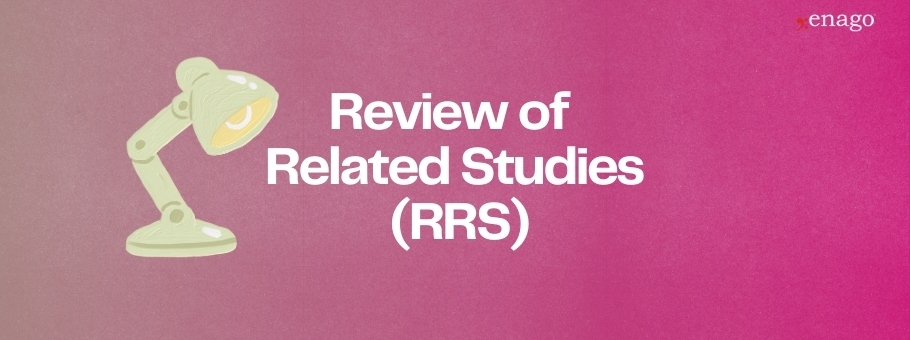DOI for Peer Reviews

Most journals follow peer review process to assess and select manuscripts for publication. Peer reviews can provide you with information on the strengths and weaknesses of your paper. The reviewers are either chosen by the publishers or suggested by the author. They should be unbiased and expert in the subject area they are reviewing.
Reviewers ensure scientific integrity and accuracy in the publications. In most cases, peer reviewers are volunteers. Surveys have shown that reviewers are not interested in monetary rewards. Many believe that being a peer reviewer is part of their job as a researcher or scholar. They are willing to provide their time and expertise to that end. Even so, the pool of reviewers is dwindling. How do we keep them motivated?
For instance, the team at Springer created an incentive program that provides a non-monetary reward to reviewers and encourages them to continue. They created the program for the Environmental Earth Sciences journal and agreed to donate a water filter system to developing countries for every completed peer review.
Digital Object Identifiers for Peer Reviews
Digital object identifiers (DOIs) are specific codes that are used to provide information on the published work. They are standardized by the International Organization for Standardization and are assigned by the publisher of the work.
Because of the importance associated with peer reviews and reviewers, there is an effort underway to provide DOIs to the peer review data to make the reviews public. The reviewers will be identified and discussions on the referenced papers will be encouraged.
Crossref
In an effort to make peer reviews citable, discoverable, and creditable. Crossref stated that it will be expanding its current infrastructure to include DOIs for peer reviews. Crossref announced this new concept at Peer Review Week 2017. This new direction reflects requests from the members that peer reviews be more transparent. This would mean that reviewers will be identified. Moreover, assigned DOIs to the peer review data will provide researchers with additional background information on the article. Examples of the Crossref peer review infrastructure can be browsed through few links.
In addition, peer review reports would be publicly accessible. They will include all rounds of the review, reports, and author responses. Relevant discussions of the articles will also be made available.
Pros and Cons
Not everyone agrees that open peer review is valuable. Some believe that keeping reviewer identities and their reports away from public exposure protects the reviewers. It ensures that reviews are impartial and avoids taking the attention on the research away from the reviewer.
On the other hand, proponents of exposing the process and reports believe that anonymity allows reviewers to be more aggressive. Some believe that there is a bias surrounding the peer review process. Proponents of exposure also claim that transparency would result in more thoughtful reviews as reviewers might invest more time and resources if they are held accountable for their reports. This might increase the chances of an article being published. This might also decrease the time it takes to get through the publishing process.
Interestingly, few studies measured whether exposure makes a difference in review quality. The results suggested that there was no difference in the quality of the review. However, the results suggested that although anonymity did not affect the quality of a review, exposure might decrease the number of reviewers willing to participate. It is suggested that this changing trend be approached conservatively. Those new to the field are hesitant to be exposed as a reviewer because of chances of conflicts for a review.
In addition, some publishers have already adopted the transparency process. BioMed Central and Frontiers have had this open system in place without issue or lack of reviewers. Accountability might resolve some of these issues but none will be resolved if the process continues as is.











